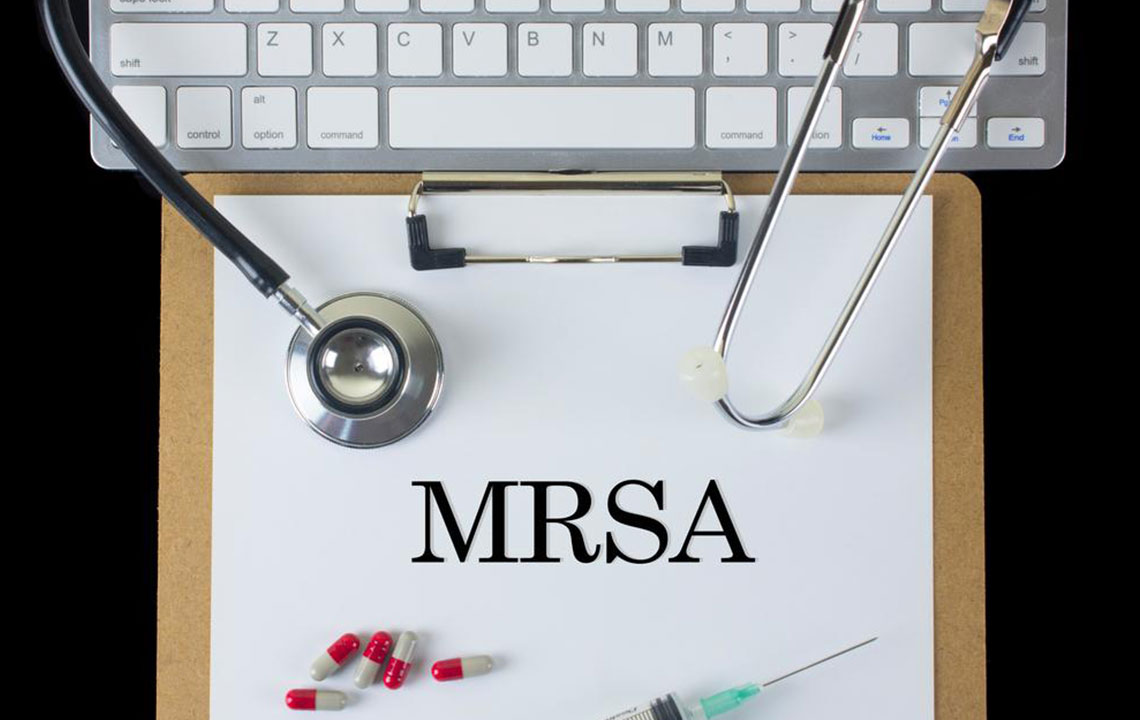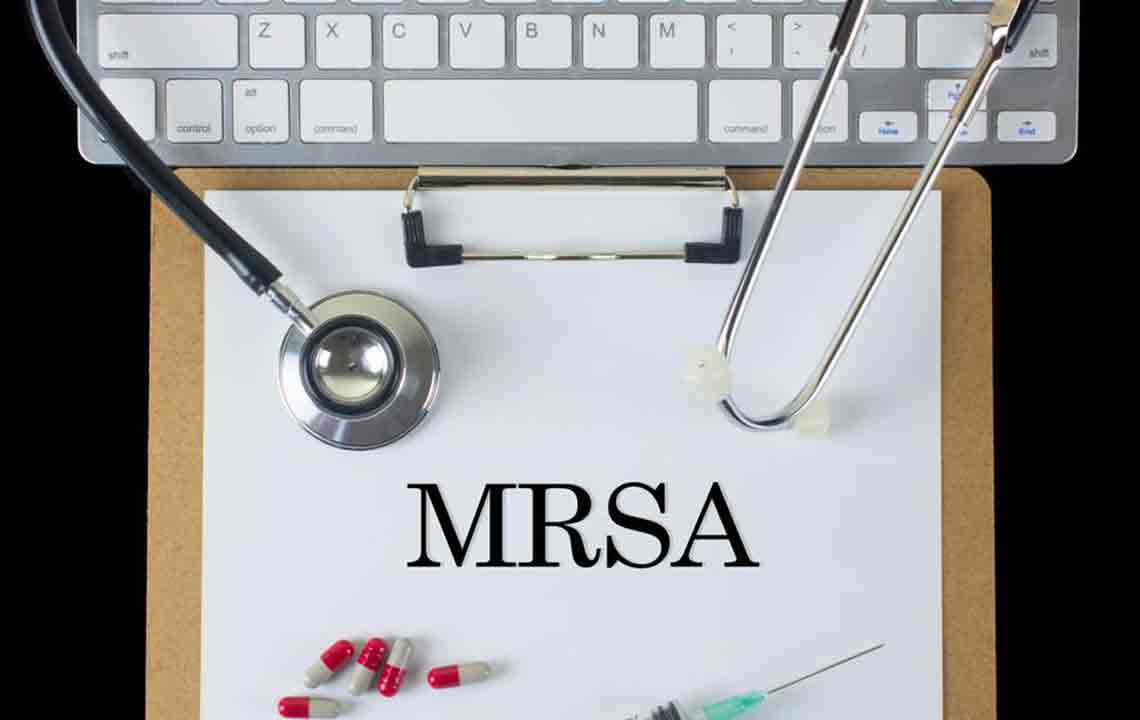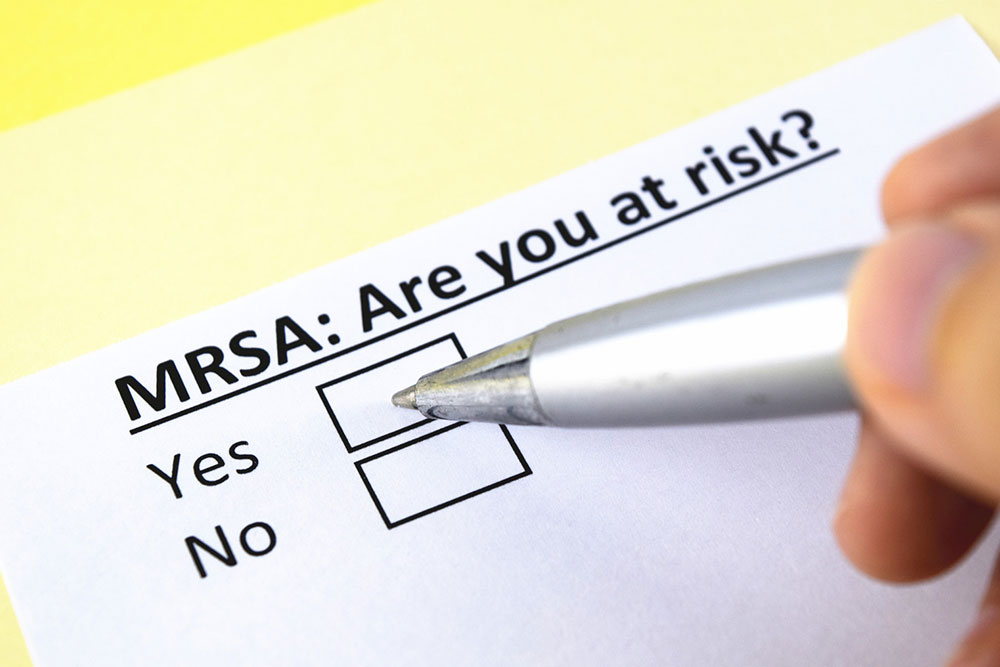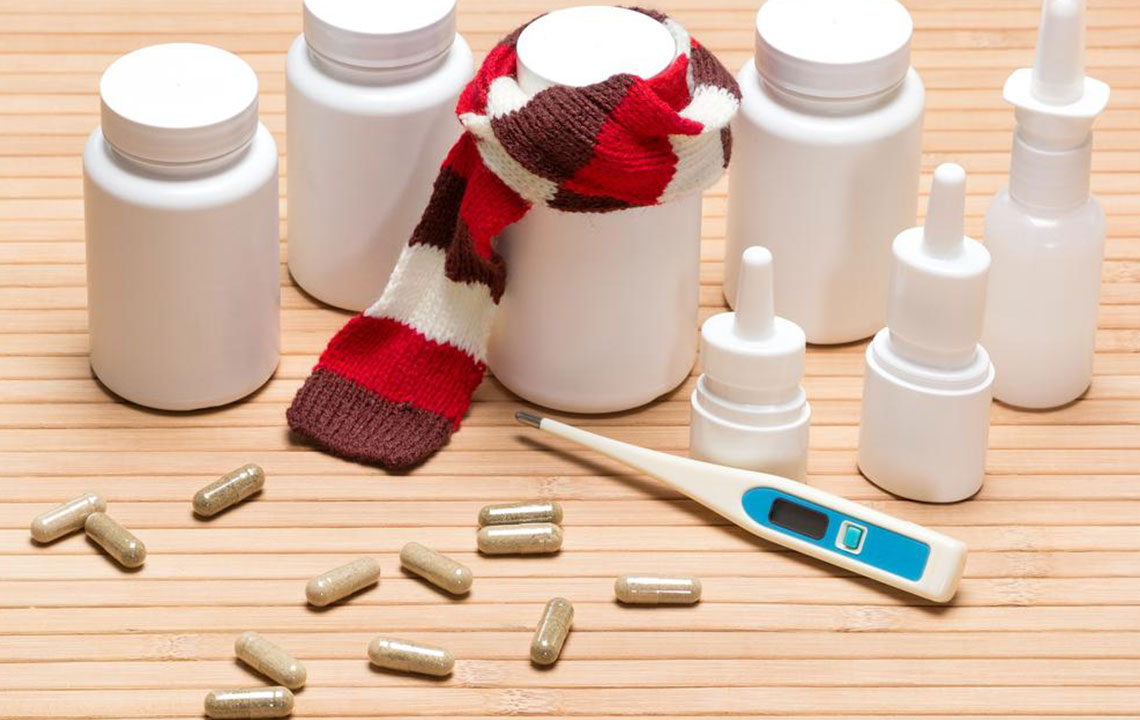Comprehensive Guide to MRSA: Causes, Symptoms, and Prevention Strategies
MRSA, or methicillin-resistant Staphylococcus aureus, is a resilient superbug that poses serious health risks due to its antibiotic resistance. This comprehensive guide explains its causes, symptoms, transmission methods, and essential prevention techniques. Knowing how MRSA spreads and recognizing its symptoms early are key to effective treatment and avoiding complications. Emphasizing good hygiene, proper wound care, and avoiding sharing personal items can reduce infection risks significantly. As antibiotic resistance challenges treatment options, ongoing research aims to discover new therapies and preventive measures to combat MRSA effectively.

Comprehensive Guide to MRSA: Causes, Symptoms, and Prevention Strategies
Methicillin-resistant Staphylococcus aureus, commonly known as MRSA, represents a significant concern in modern healthcare due to its resistance to many antibiotics. This bacterial pathogen can infect various parts of the body, starting often with minor skin ailments such as boils, abscesses, or sores. If left untreated or if the strain becomes more aggressive, MRSA infections can escalate to involve deeper tissues, lungs, urinary tract, or the bloodstream, leading to severe health complications. Understanding how MRSA operates, recognizing its symptoms, and adopting effective prevention techniques are essential in controlling its spread and ensuring prompt treatment.
MRSA is classified as a 'superbug' because of its ability to withstand common antibiotics that are usually effective against staphylococcal bacteria. Normally, MRSA bacteria reside harmlessly on the skin or within the nasal passages of healthy individuals. These bacteria are part of our natural flora and often do not cause any health issues. However, when the skin barrier is compromised through cuts, abrasions, or wounds, MRSA can invade the deeper tissues, leading to infections that may manifest as swollen, painful boils or skin abscesses. These symptoms can sometimes be accompanied by redness, warmth, and tenderness around the infected area.
One of the main ways MRSA spreads is through direct contact with an infected person’s skin or wound drainage. It can also be transmitted via contaminated surfaces and objects, such as doorknobs, towels, clothing, or personal grooming items. This ease of transmission makes environments like hospitals, gyms, and crowded living spaces high-risk zones for MRSA outbreaks. Recognizing the risk factors and adhering to rigorous hygiene practices are crucial in preventing infection.
Preventive measures to avert MRSA infections include practicing thorough hand hygiene, especially after contact with potentially contaminated surfaces or individuals. Patients and healthcare providers should keep cuts, scrapes, and surgical wounds clean and covered with sterile dressings until healed. Avoid sharing personal items like towels, razors, or clothing, which can harbor bacteria. Maintaining short nails and good skin hygiene also reduces the microbial load on the skin, decreasing the likelihood of bacterial invasion.
When infections occur, treatment involves the use of specialized antibiotics that are effective against resistant strains. In some cases, incision and drainage of abscesses are necessary to remove pus and facilitate healing. Due to increasing resistance patterns, ongoing research focuses on developing new antibiotics and alternative therapies, including bacteriophage therapy and vaccines, to combat MRSA more effectively. Early diagnosis and appropriate treatment are vital in preventing serious complications such as sepsis, pneumonia, or bloodstream infections, which can be life-threatening.





